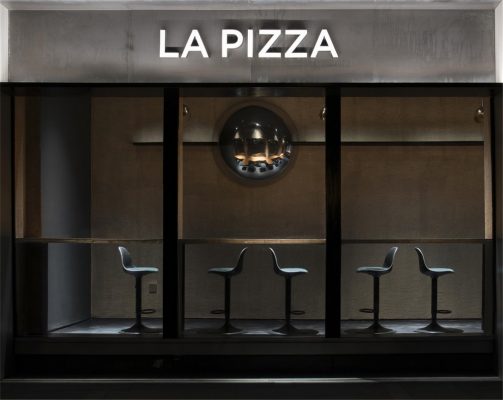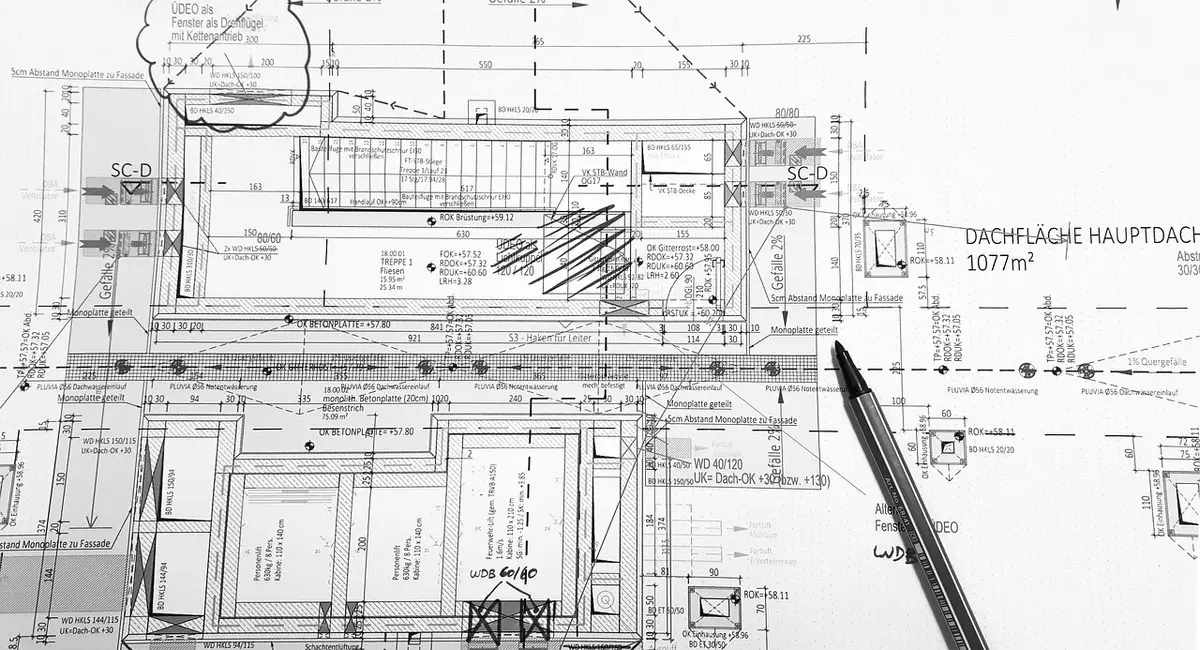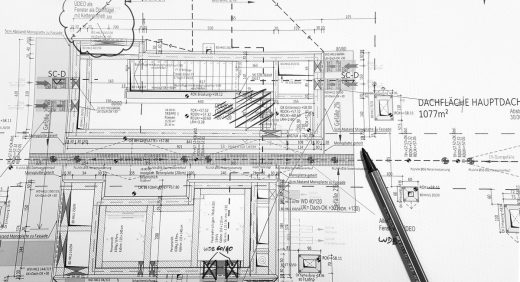Architectural Copyright, Building construction design, Property drawings, Architects
Architectural Copyright
Plan Permission: Architecture Design Copyright Advice Article
11 Mar 2019
Architecture Copyright Advice
What you need to know about architectural copyright
The UK has gained an excellent reputation for its innovative architectural projects, which are attributed to the architects who create and ensure the success of such designs. However, to use another architect’s plan, you will need to obtain permission or you could be accountable for violating your fellow architect’s copyright. You might be wondering what architectural copyright is all about. Luckily, this article will provide insight into what you need to know about architectural copyright.
The meaning of copyright
Copyright protects the expression of someone’s ideas, but many confuse copyright as safeguarding the idea itself, which is incorrect. The person who creates the original material is known as the copyright owner, but he/she may pass ownership to an interested party who then becomes the new owner.
The copyright of a building can be infringed if the building is copied as a whole, or the construction of another building incorporates some of the original artistic features protected by copyright. However, common features such as the number of windows and doors aren’t protected in a simple building. However, a copyright infringement may be granted in a simple building if it is clearly copied to the smallest detail.
How the copyright owner is protected
The right to copy the original material lies only with the copyright owner, and he/she has the power to issue copies of his/her content to the public. Also, he/she has the ability to assign rights or give a licence to another architect or person. If a person uses another architect’s drawings without permission or consent, he/she will have breached the owner’s copyright and may end up being liable for damages incurred by violating the copyright.
About copyright law and legislation
Authorities in the UK try their best to provide information regarding copyright law and legislation. Here’s some key points you need to understand and be aware of:
a) According to the Copyright, Designs, and Patents Act of 1988, all submitted materials, plans, and drawings to the council enjoy copyright protection. In case you need to consult or compare previous schemes with a current application, you are allowed to use any materials which are already printed or downloaded.
Those who have completed a development will also use copyright material when checking to see if they comply with the approved plans, but one is not allowed to make more copies without the copyright owner’s permission.
b) Copyright automatically protects originality, although it can be an uphill task to award copyright without proof of the person responsible for creating the work and the period when it was done. Record keeping can help, but the date, name, and copyright symbol mostly help to avoid confusion. It also prevents people who infringe copyright from saying they were not aware of the infringement in order to defend themselves.
c) Copyright safeguards buildings, plans, drawings, charts, diagrams and models, and it extends the owner’s lifetime right by an additional 70 years after he/she dies. However, only original artistic features are protected, not functional ones like the processes or methods of construction. As such, taking a photograph of the building or broadcasting an image of it on television does not infringe the copyright.
d) The creator of the original material owns the copyright, but if a practice employs an architect, the copyright automatically belongs to the employer. If an architect wishes to own the copyright of his/her work, then it must be with the permission of the employer.
e) The copyright remains with the creator and not the client, but the owner possesses the right to pass the copyright ownership to his/her client under an agreement. For example, the copyright owner and the client can use the RIBA Standard Form of Agreement, which offers the client a right over the copyright owner’s design by presenting them with a licence.
As a result, he/she can use the copyright owner’s design, but for the intended purpose it was provided. The design must be site related, either wholly or partly, and must have cleared all the due fees before it can be used.
As an architect, you should be careful when signing such agreements, ensuring you fully understand the contents first and assessing if they are flexible and favourable. For example, assess if the deal prevents you from using the details or plans you developed in the future.
f) A client is allowed to sell the site together with the planning permission based on the initial agreement, but the designs used in acquiring the planning permission must not be used to construct the project without the creator’s permission.
What happens when one breaches architectural copyright?
If one uses an architect’s copyright material without his/her permission, this infringes his/her rights as stipulated by the Copyright, Designs and Patents Act of 1988. The owner of the copyright has the right to claim damages caused by infringing his/her copyright, with the court awarding additional damages if the infringing party enjoyed a specific benefit.
To be on the safe side, a client should seek the required licences, permissions, or sub-licences which are essential in allowing the use of drawings during purchase. Besides, a client is recommended to check the person responsible for awarding the copyright to the owner to gain insight into the copyright. For example, if it’s a copyright licence, there may be sub-licences which can be assigned to others in certain situations.
It was in 1709 that the first act regarding copyright was enacted, but it wasn’t until 1911 that the protection was extended to incorporate and cover architectural work. Thanks to the case of Maufe and Meikle in 1941, protection was extended in 1998 to include databases.
Today, architectural copyright is essential, and laws governing it must be obeyed to prevent one from suffering the consequences associated with a copyright breach.
Building Articles
La Pizza, Xiamen, Fujian Province, Southeast China
Architects: Movingarc design & decoration Co., Ltd

photo : KunRong Chen
La Pizza Xiamen Restaurant
Comments / photos for the Architectural Copyright Advice – Property Drawing Tips page welcome






